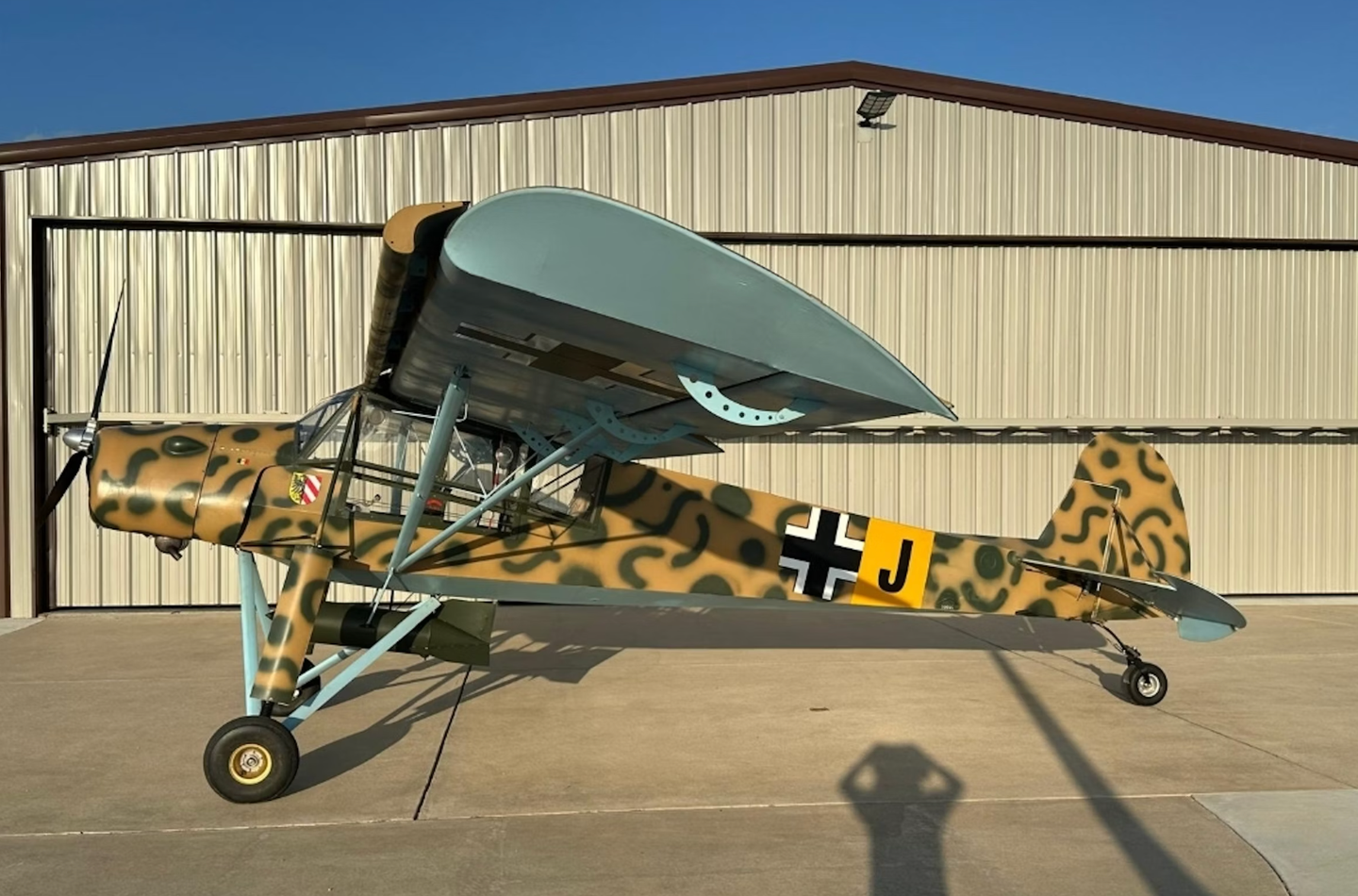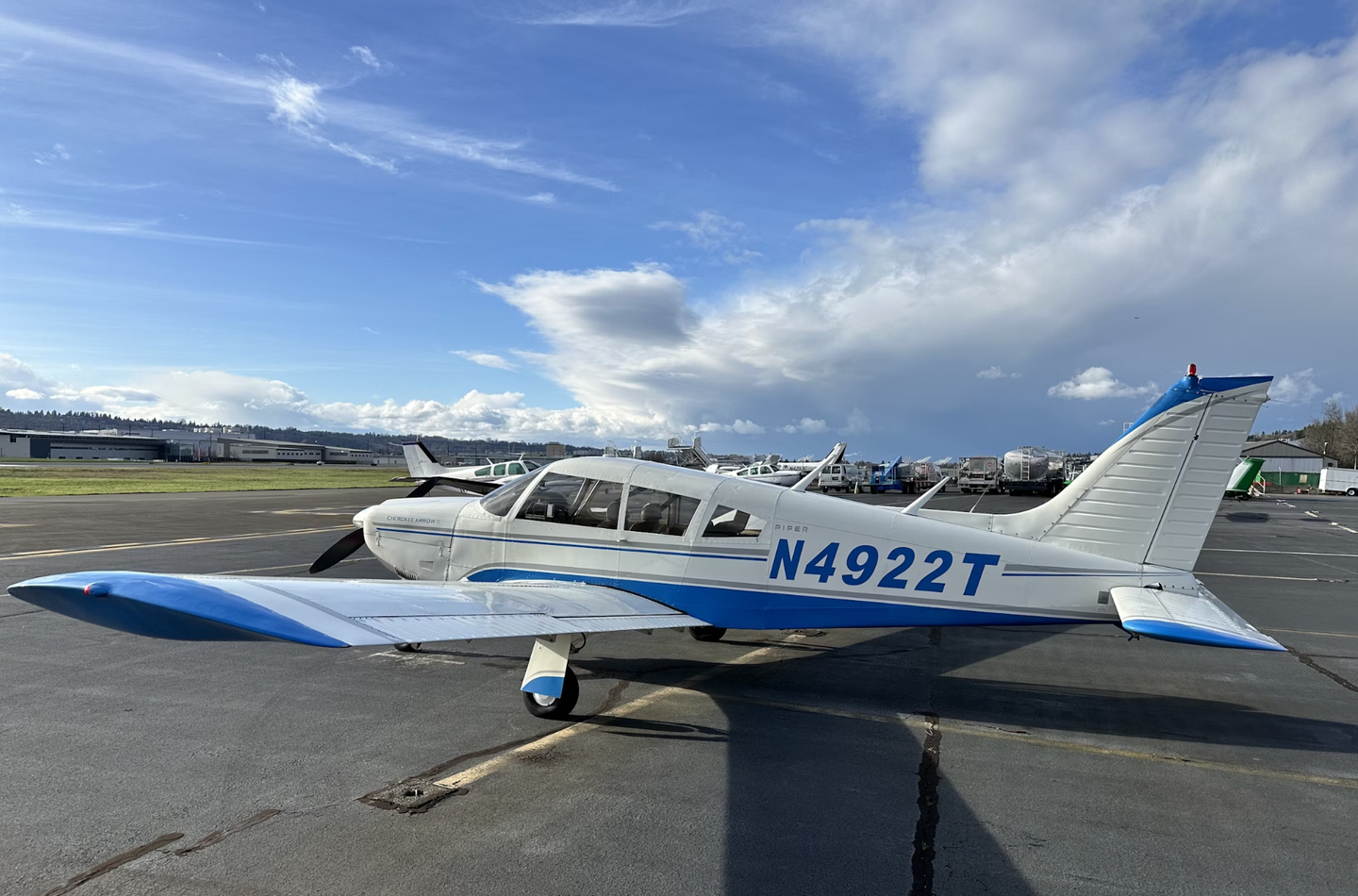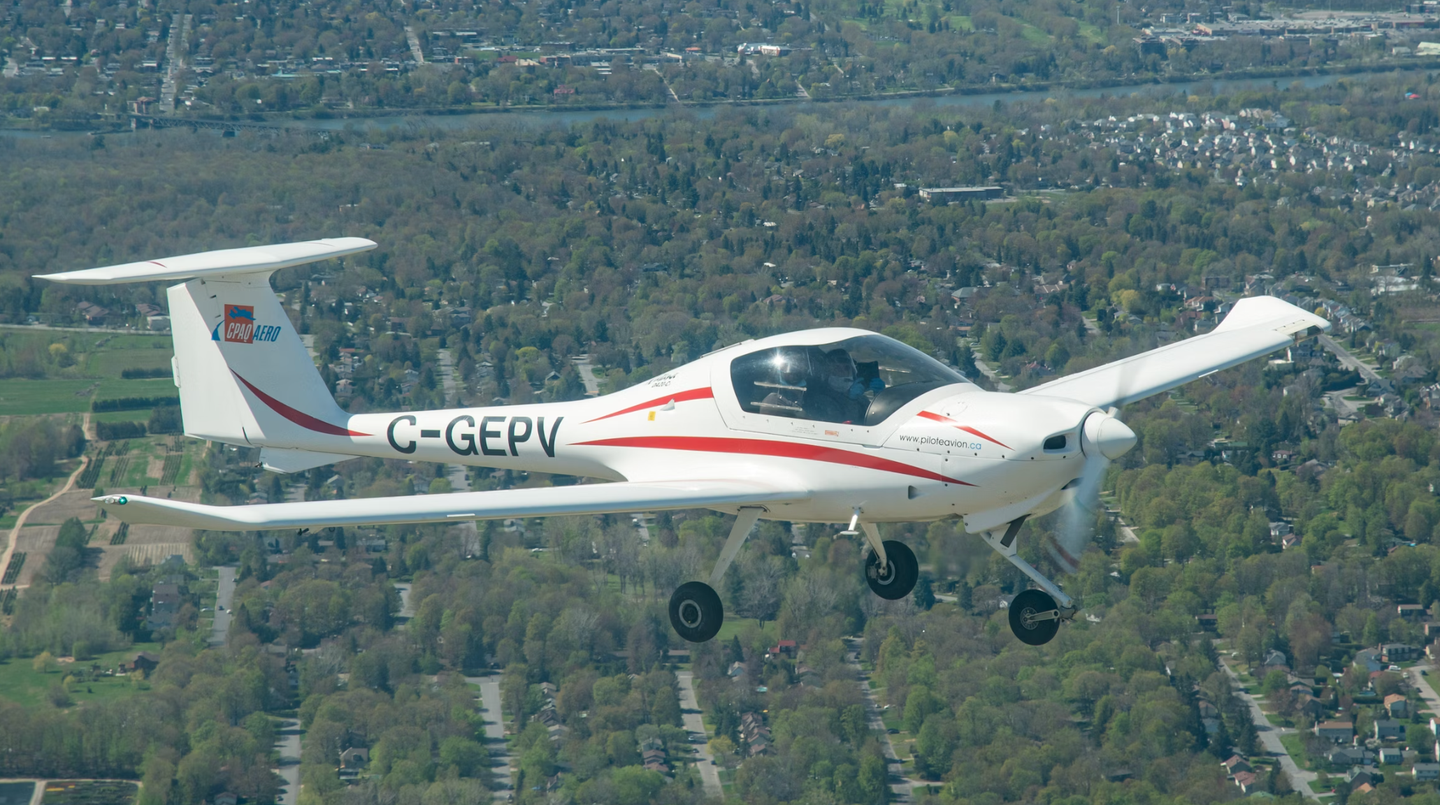This Incredible Plane: Meyers/Aero Commander 200
The Meyers/Aero Commander 200 was, and remains, a rugged, fast, and comfortable single-engine speedster. Loyal owners sing its praises, especially the solid construction and record-setting speed. It is a handsome…

The Meyers/Aero Commander will reward the pilot with speed, safety, and undeniable ramp appeal. [image: COURTESY OF AVIATION CONSUMER MAGAZINE]
The Meyers/Aero Commander 200 was, and remains, a rugged, fast, and comfortable single-engine speedster. Loyal owners sing its praises, especially the solid construction and record-setting speed. It is a handsome airplane as well, with a hint of P-51 Mustang genes in its appearance.
This elegant little airplane was born into a general aviation boom period, quite different from the high-cost, low-volume single-engine market of today. During the 1960s, nearly 9,000 light singles and twins were produced every year. In addition to the big three of the time—Cessna, Piper, and Beechcraft—the major defense airframe contractors were considering ways to enter this red-hot civilian market.
There was both an easy way and a hard way. The hard way involved designing an aircraft from scratch and suffering the slings and arrows of a long and expensive certification process. The easy way involved buying a type certificate of an existing aircraft.
Grumman Aerospace created its Grumman American Division by purchasing the American Yankee and Traveler type certificates and then developing a full line of single- and twin-engine aircraft based on these designs. In a similar way, North American Rockwell’s GA subsidiary, Aero Commander, acquired the type certificates to the single-engine, fixed-gear Volaire Model 10, which it renamed as the model 100 Darter and Lark Commanders. In 1966, it purchased the type certificate and tooling of a high-performance, retractable-gear single, the Meyers 200.
And just like that, Aero Commander had a full line of single-engine aircraft. With a hot GA market, a record-setting airframe and engine combination, and the deep-pockets support of an aerospace giant, what could go wrong? Spoiler alert: By 1972, Aero Commander had ended production of both the 100 and 200 series and designed and certified its own Rockwell Commander 111/112/114 line of fixed- and retractable-gear aircraft.
So what happened?
To answer the question, let’s go back to where the Meyers 200 story begins. Al Meyers was a gifted aircraft engineer who spent the years leading up to World War II working for industry leaders Stinson Aircraft, Chance Vought, and Glenn Martin. His first solo design, the Meyers OTW (Out to Win) was an elegant biplane trainer that enjoyed a limited production run in the run-up to the war.
Unfortunately, as with most peacetime activities, the war years placed a hold on the Meyers Aircraft Co. However, as the war ended, and the postwar civil aviation boom got underway, Al Meyers designed the Model 125 and 145. This thoroughly modern monoplane design featured a fully enclosed, two-place cabin, all-metal construction, a distinctive squared-off tail, and fully retractable conventional landing gear. Though just 23 were constructed, the design was good enough to be resurrected nearly 50 years later as the Micco SP 20 and 26, a plus-6G and minus-3G personal aircraft produced for a short time by the Miccosukee Nation in Fort Pierce, Florida.
However, Meyers was not done. His next design took the Meyers 145 to the next level, featuring a four-place cabin, retractable tricycle gear, and retaining the sturdy, steel tube wing, carry-through structure of the 145. Originally equipped with a Continental IO-470, then later with the larger IO-520, this design realized Meyers’ goal of a fast, strong, and comfortable airplane. One feature that really set the Meyers 200 apart from the rest of the four-place field was its unique, wraparound cabin windows. When combined with its raised canopy section, this provided the pilot with nearly 360-degree vision, similar to the WWII fighter to which it bore such a strong resemblance.
- READ MORE: Incredible Plane: Cessna 150
With a gross weight of 3,000 pounds, empty weight of just less than 2,000 pounds, and a 70- to 80-gallon fuel capacity, the Meyers 200D variant, like most GA aircraft, is really a two-,or occasionally three-place, aircraft. However, the lucky pilot and passengers were treated to 180 knot cruise speeds and 1,350 fpm climb rate. Because of its sturdy 4130 chrome-moly steel cabin/wing center section, the 200 series have not experienced an in-flight structural failure or airworthiness directive related to the airframe and wing structure. Adding to its high cruise speed, the engine mount on the Meyers 200 line is not canted to compensate for P-factor, and it coincidentally requires a boot full of right rudder on takeoff.
In fact, the Meyers 200D set several national and international speed records, and some consider it more than a match for the mighty 8-cylinder Piper Comanche 400. Yet stall speed with its fowler flaps fully extended is under 50 knots. Topping it all off, the Meyers 200 is a great looking airplane. With its large greenhouse, squared-off tail, and compact landing gear, it resembles a cross between a P-51 Mustang and P-39 Airacobra. It appears to be fast just sitting on the ground, even now.
When Aero Commander purchased the type certificate, the Meyers Aircraft Co. had produced just 49 Meyers 200 models between 1959 and 1965. Each aircraft had been built to order in the Meyers factory in Michigan. As Aero Commander soon discovered, each one had been hand built by a small but dedicated production staff, with a minimum of factory tooling. The result was a high-quality product that was prohibitively expensive to build. After creating the required tooling and constructing just 75 Aero Commander 200D models, the company accountants calculated that it took $4 million to produce $3 million worth of these sturdy little birds. Seeing the handwriting on the wall, production ceased in 1968. The same fate awaited the Aero Commander 100 single-engine, fixed-gear line, which by 1971, with a little more than 500 produced, was a memory.
The good news is that a considerable number of the Meyers/Aero Commander 200 series remain on the FAA registry, and their record of safety and performance remain a source of pride. The type certificate has passed through several hands, but most recently resided with the Interceptor Aircraft Corp. A Meyers Aircraft Owners Association provides limited product support, web presence, and camaraderie for the type.
Oh, and there is one more thing. The final model of the line, initially labeled the Meyers 200E, mated a 400 hp Garrett TPE331 turboprop to the already sturdy airframe. This model, soon dubbed the Interceptor 400, added nearly 100 knots on the top end and is still registered and flying.
The Meyers/Aero Commander 200 series combined outstanding performance, strength, and hand-built quality into a stylish airframe. Its undeniable ramp appeal and excellent performance remain class-leading. Occasionally one turns up for sale and, like anyone shopping for an out-of-production, retractable single, the prospective buyer should balance the performance against the cost of insurance and ownership.
However, if the Meyers/Aero Commander is your cup of tea, this incredible plane will reward you with speed, safety, and undeniable ramp appeal.
Editor’s Note: This story originally appeared in the JAN/FEB 2024 issue of Plane & Pilot magazine.

Subscribe to Our Newsletter
Get the latest Plane & Pilot Magazine stories delivered directly to your inbox






